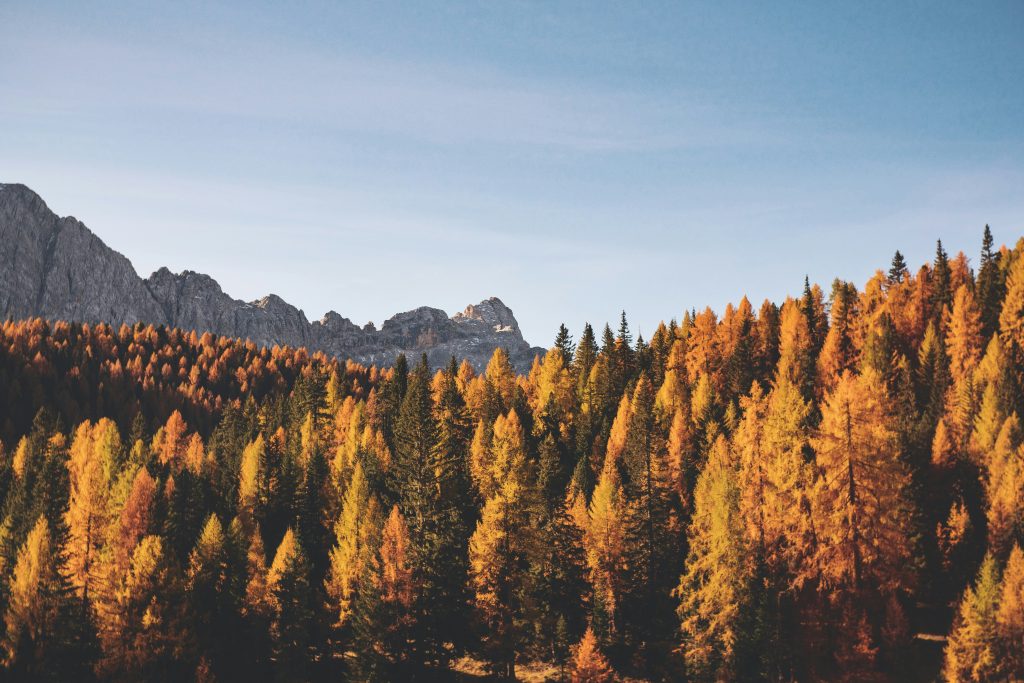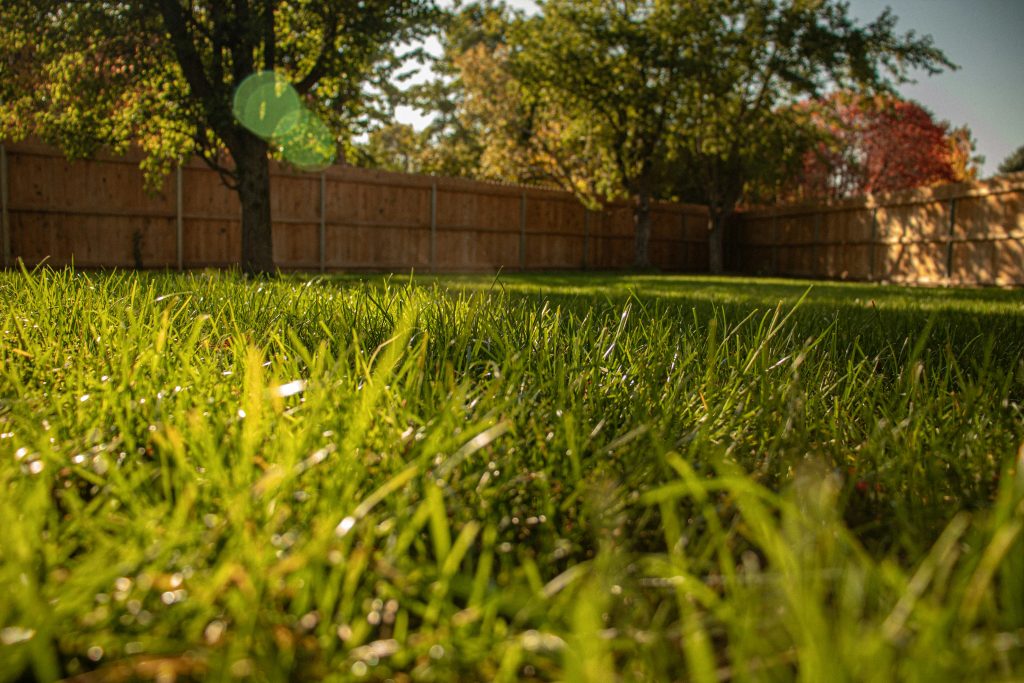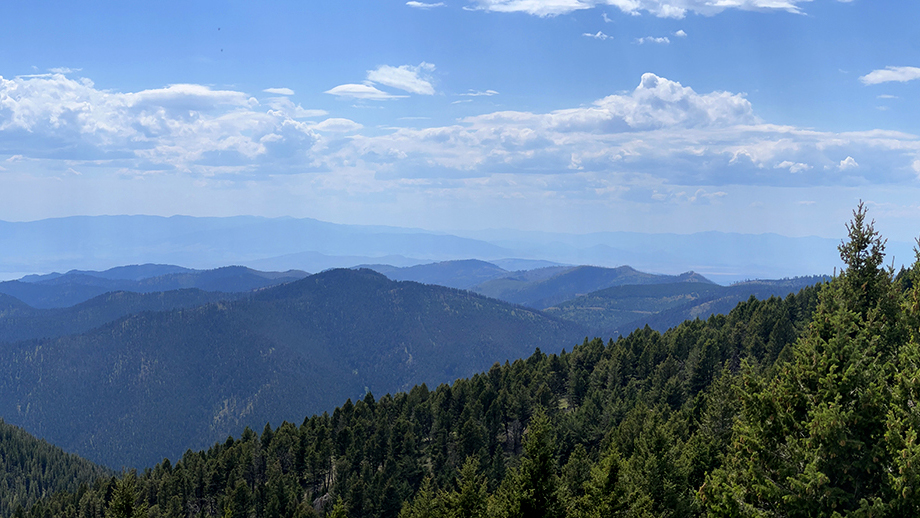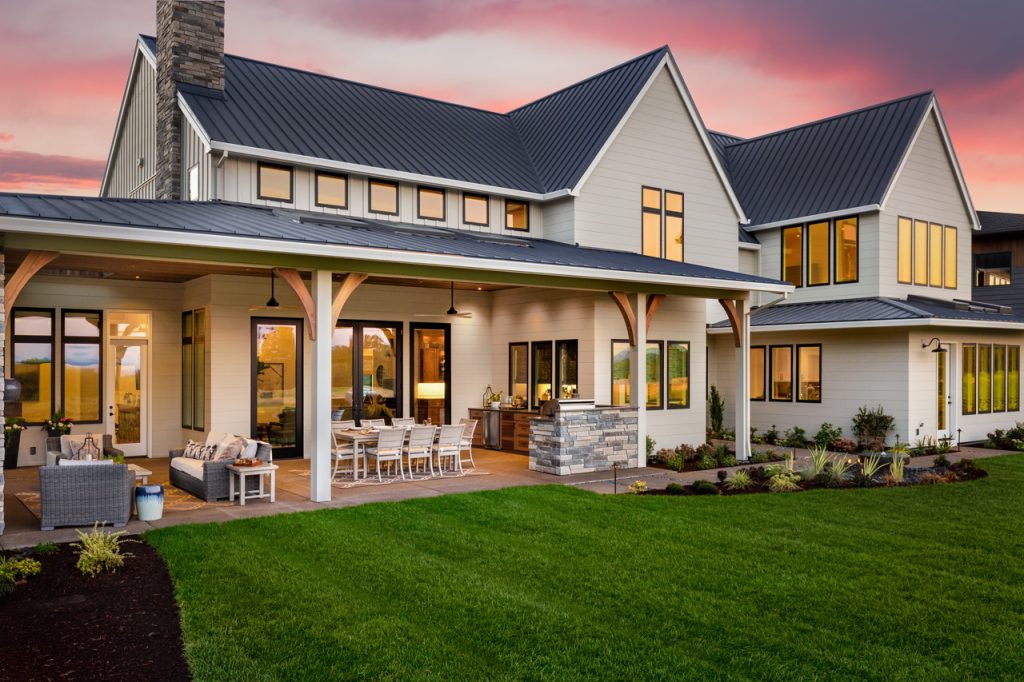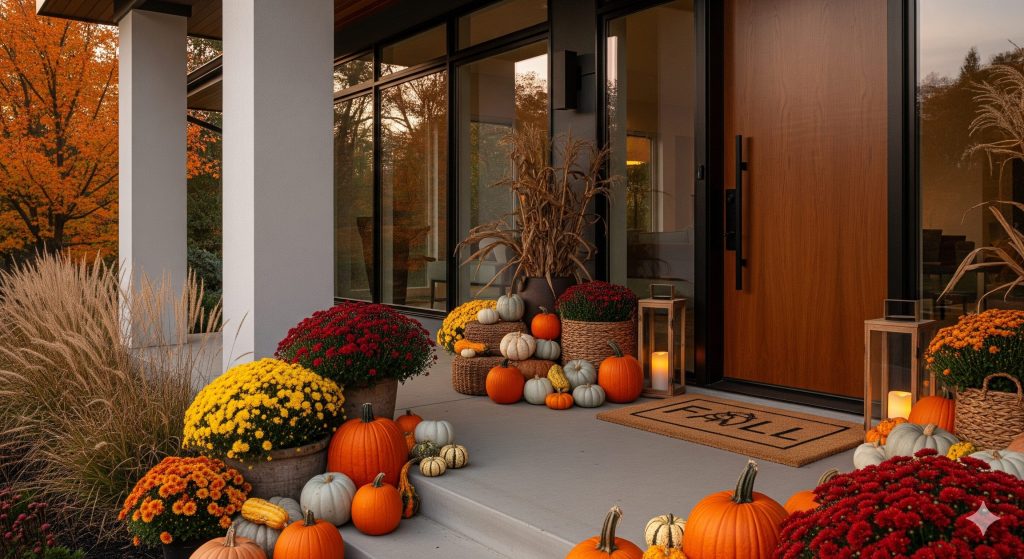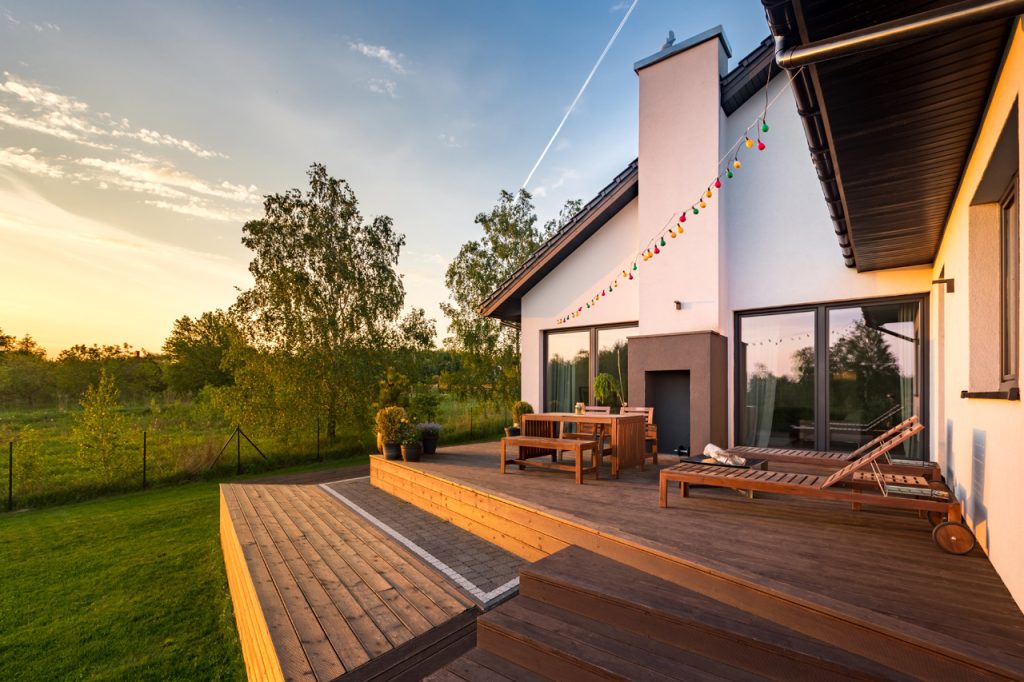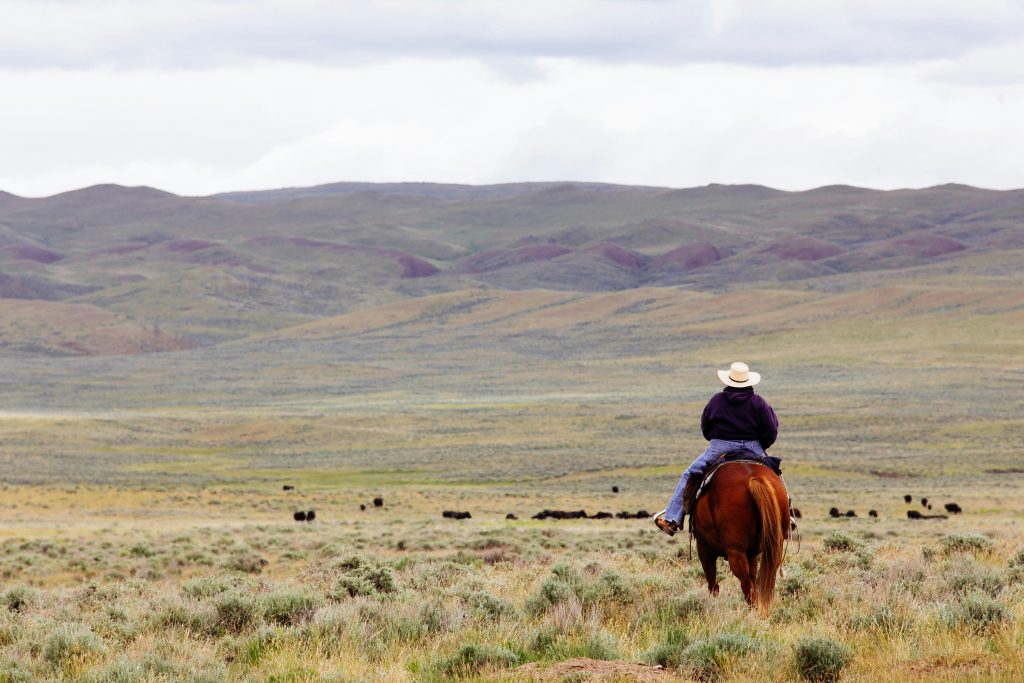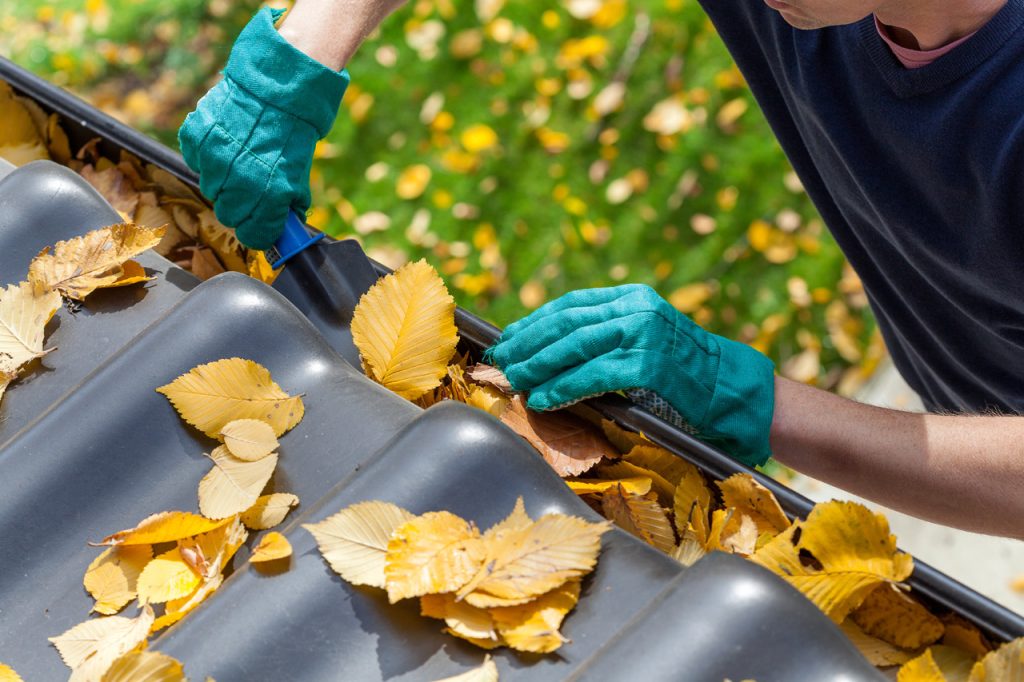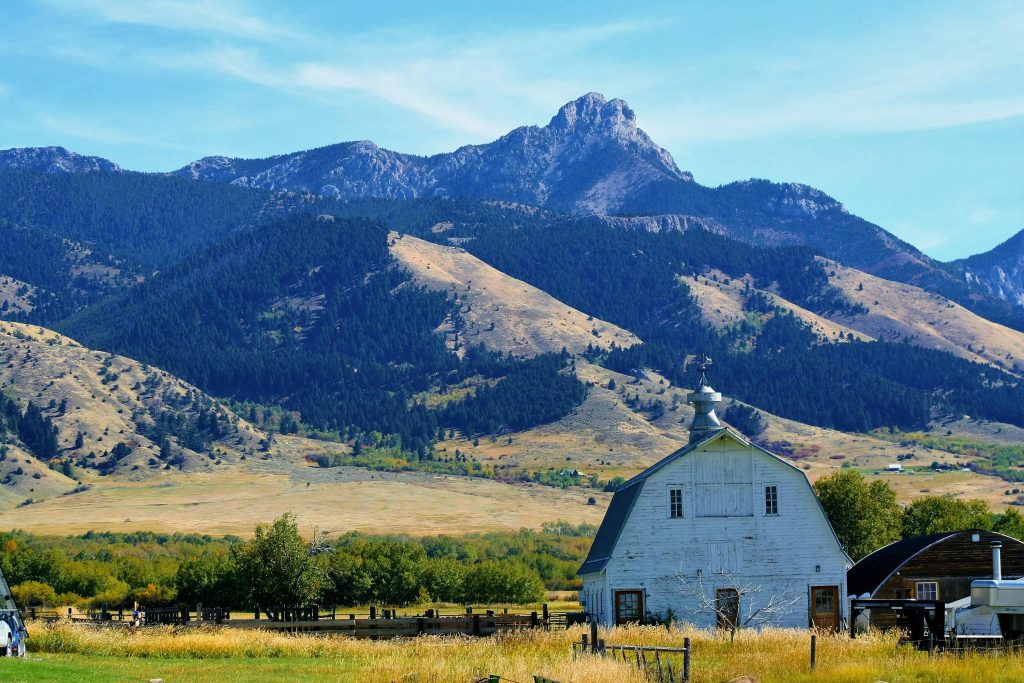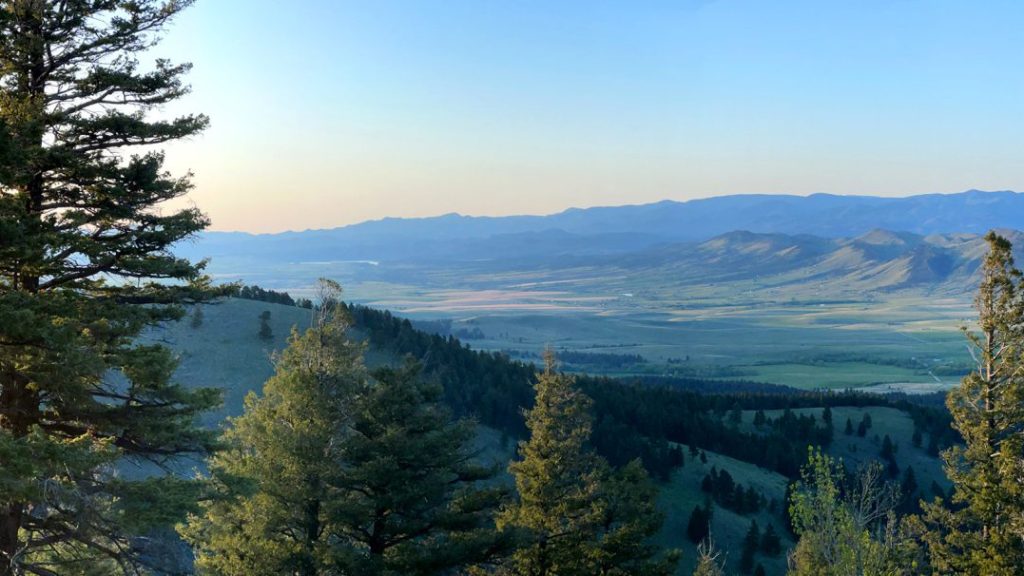As the crisp autumn air settles over Montana, it's a reminder that a long, cold winter is just around the corner. Preparing your home for the temperature drop is not just about staying warm; it's about protecting your biggest investment and saving money on your heating bills. This guide will walk you through simple, effective ways to make your home more energy-efficient this fall.
Find the Leaks: Common Sources of Heat Loss
Before you can seal your home, you have to know where the heat is escaping. In most homes, heat loss occurs through a few key areas, and many are easy to fix.
Windows and Doors
The biggest culprits on this blog, windows and doors account for a significant portion of heat loss. If you think about it, they're the elements in the structure of homes that are not insulated like the rest of the walls. Gaps in caulking, worn-out weatherstripping, and old, single-pane windows are prime spots for air leaks. If you can literally feel cold air around your doors or windows, it's the indicator that you need to winterize them.
The Attic/Roof
Since heat rises, an improperly insulated or unsealed attic can act as a giant escape hatch for your warm air. Older homes tend to have older methods of insulation as well. Not many Montana homes actually have attics, but taking a peek into the space above your ceiling to check on weather sealing and how the insulation is sitting is always a great place to check when the weather starts changing.
What about your roofing? A quick way to know if your roof is insulated well is to see how the early morning frost or a short, fresh dusting of snow is sitting. If there are several patches of your roof that are melted over others (not natural sun warmed spots) then there's a chance that the insulation is letting heat through that area.
The Basement and Crawl Space
Cold air can seep in through uninsulated floors and small gaps around pipes and vents in your basement or crawl space.
Less Obvious Spots
Don't forget to check for drafts around electrical outlets, light fixtures, and your chimney or fireplace
Your Winter Energy-Efficiency Checklist
Follow these simple, proactive steps to make your home more comfortable and cut down on heating costs.
1. Seal All Gaps and Cracks
This is the most cost-effective way to save energy. Use caulk to seal small gaps around window and door frames. For larger gaps, use weatherstripping or expanding spray foam to create a tight seal. For windows that you know you won't be cracking open until spring hits again, you can find window insulation kits that involves adding a clear insulation film that helps seal up the windows themselves across their frames to add an extra bubble to keep the cold air from the glass from getting into the room.
2. Check Your Furnace and Filters
A clogged air filter will always make your furnace work harder and less efficiently. Replace your filter every 1-3 months. It's also a great idea to schedule a professional tune-up for your furnace before the winter hits, especially if you did not run it throughout our warm summer months.
If you have forced air, it's always a good suggestion to do a quick cleanup and vacuum out the air vents. When warm air starts blowing through the vents, there is always a tendency to smell the warm, singed dust that is starting to flow through your home.
3. Adjust Your Thermostat
The Department of Energy recommends setting your thermostat to 68°F when you are home and lowering it by 10°F to when you are away or asleep. A smart thermostat can automate this for you, potentially saving you up to 12% on your heating bills. The best rule of thumb is to remember that pipes can still freeze in your home, even if they're within the walls and insulated. Never set your thermostat lower than 55°F.
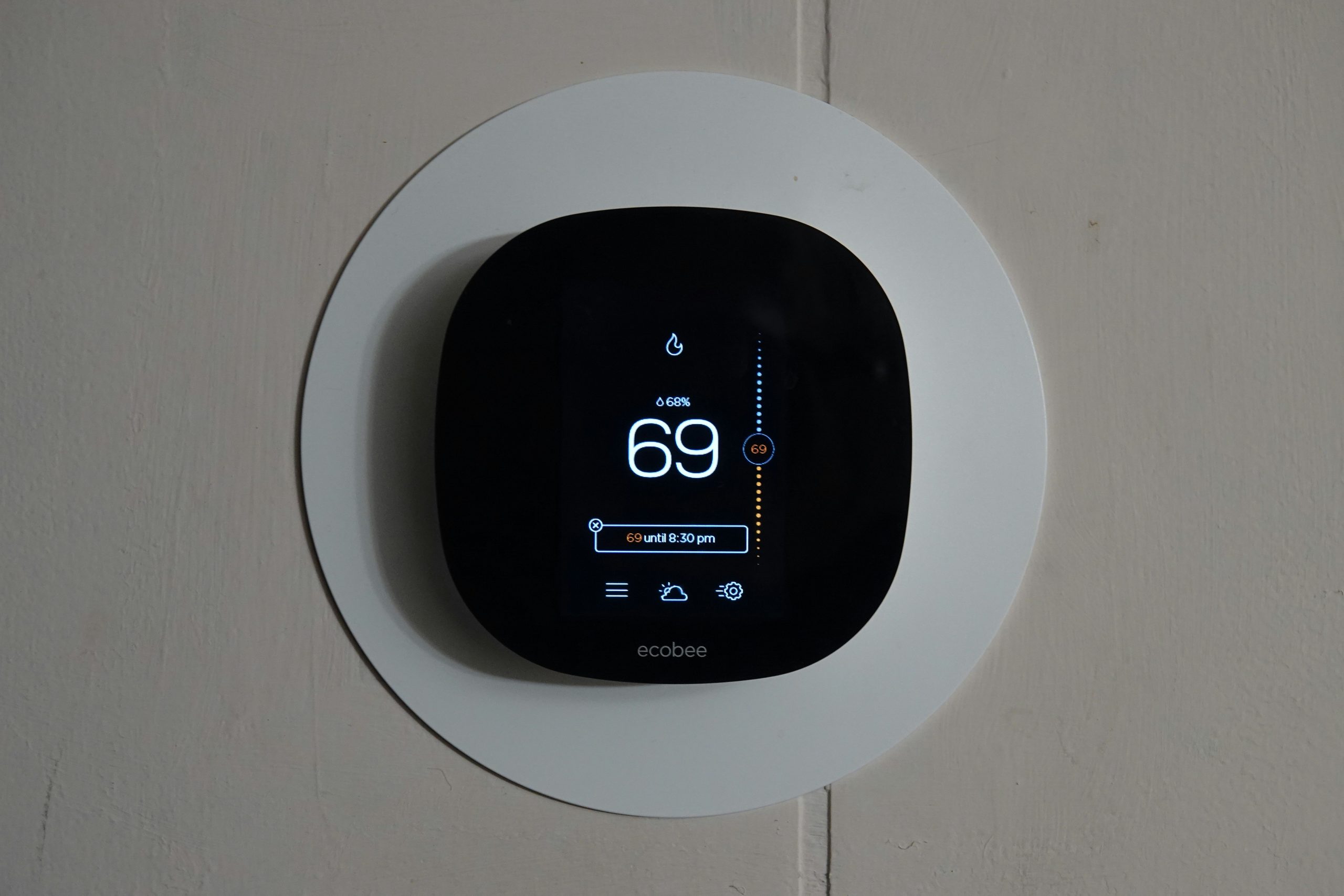
4. Reverse Your Ceiling Fans
I was 30 years old before I realized this one. In the fall and winter, set your fan to run clockwise at a low speed. This pulls cool air up and pushes warm air (which naturally rises) down, recirculating heat more efficiently. All ceiling fans have a switch somewhere on the main body, usually above where the light sits and where the blades are joined.
5. Let the Sun In (and Keep the Cold Out)
On sunny days, open your curtains and blinds to let natural sunlight warm your home. Close them as soon as the sun goes down to trap the heat inside. We often forget how high up in elevation we sit here in Montana, being up in the Rocky Mountains. High elevation means stronger sun UV rays, and Montana has more sunny days than not. Take advantage of that vitamin c for both yourself and your home.
Montana-Specific Savings & Programs
Beyond simple DIY fixes, there are local programs designed to help Montana homeowners make their homes more energy-efficient.
Utility Rebates
Companies like NorthWestern Energy and Montana-Dakota Utilities offer rebates for customers who upgrade to high-efficiency appliances, furnaces, and thermostats.
If you have had any upgrades installed after August 1, 2025 such as a programmable or wifi enabled thermostat, installed hot water pipes, a clothes line, or even ENERGY STAR® appliances, you can apply to get rebates back now until June 30, 2026.
The Montana Department of Health and Human Services offers a winterization assistance program for eligible families that assists with winter energy bills.
Federal Tax Credits
The Inflation Reduction Act (IRA) provides significant tax credits for a wide range of energy-efficient home improvements, from installing new windows to adding insulation.
There are other Federal Tax Credits that you can take now until December 31, 2025 through ENERGY STAR® programs and file with your taxes for 2025. "Tax credits for various measures including air source heat pumps, heat pump water heaters, insulation, and more are currently available. Tax credit eligible measures must meet certain efficiency ratings. Please consult with your accountant or tax Preparer to see if you qualify for a tax credit."
Winterizing your home is about more than just a seasonal chore—it’s a proactive step that leads to greater comfort and significant savings. By taking the time to seal air leaks, check your furnace, and follow a few of these simple tips, you’re not just preparing your home for a long Montana winter; you’re investing in its long-term health and efficiency. Taking these small steps in the fall will help you enjoy a cozier home and a lighter utility bill all season long.
Thinking about buying or selling a home and need to know what to look for? Contact me for an expert consultation on preparing your home for a sale or finding an energy-efficient home to purchase!
